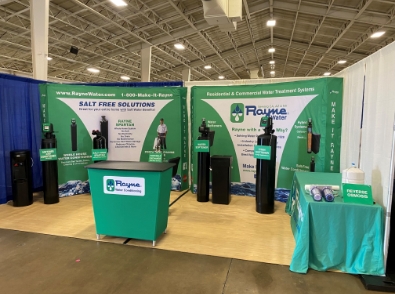Water testing is something that all homeowners should take into consideration, especially if you rely on a private well for your water supply. Drinking water can quickly and easily become contaminated and if not caught right away can cause some serious health concerns. It is recommended to have municipally supplied water tested periodically, however well water should be tested at least once every year.
Bacteria is one of the biggest concerns with well water; in fact, approximately 40 percent of private wells tested, come back positive for bacteria. Every year you should at least test for bacteria (total coliforms), nitrates, total dissolved solids and pH levels. Testing for arsenic, chloride, pesticides, metals and hardness is also highly recommended as they are often found in well water as well.
If you notice any change in your water, such as taste, smell or appearance, have your water tested at once. This could definitely be a sign that something is not right. Some other warning signs to look for are:
- Your well is close to a septic tank.
- Your well is in an area where livestock are kept.
- Your well in near an area where pesticides and other chemicals are used.
- You notice water stains on your fixtures or clothing
- You are pregnant, or have a child under six months old (nitrates can cause a fatal condition in young children)
- You notice recurring gastrointestinal distress in you or your family members
- You have a newly installed well
- Your property is near a gas station, mining operation, dry-cleaners, chemical plant, heavily salted roadway, an oil / gas drilling company or junkyard
Knowing the condition of your water and having it tested as recommended is the first step in preventing any potential health concerns. The Environmental Protection Agency has a link on their website you can use to find certified testing labs in your state. Most home improvement stores have a basic water test, however it is very limited as to what contaminants it can detect. A certified lab is the best route to go since are able to provide a much broader scope of testing.
Once you determine the condition of your water, you are in a much better position to choose a water filtration system that will compliment your unique water concerns or whether you need one at all. Keeping tabs on your water regularly will help prevent any health issues before they arise.




